A while back, I found this Spiratone 18mm f/3.5 T-mount lens at a yard sale. It proved especially valuable for shooting real-estate photos at one memorable “house with a problem.” Over the decades, a tall dense hedge had grown up across the entire front of the building– and only three feet from its door!
The listing agent had already taken some exteriors, but could not get a decent shot of the front. So she hired me to shoot interiors and “get that front!”
Though I’d long before switched to digital, I:
- Slapped the lens on a “full-frame” Nikon FE SLR
- Planted myself between the hedge and wall… at a point where the lens could also see the front door
- And shot at a glancing angle along the front wall
To keep the photo as honest as possible for the MLS listing, I cropped it to include both the building’s front and a hint of the hedge row. My client loved the result.
It Took a Pandemic
I’m ashamed to admit, though, that it took the Covid pandemic to make me think of taking the lens out for a walk in the woods! I adapted it to my Fuji X-Pro1 (where it became a 27mm lens) and headed to some nearby wetlands. The Spiratone worked fairly well as a landscape lens (though distances seemed hazy):

But it captured decent detail and color even in the shade:
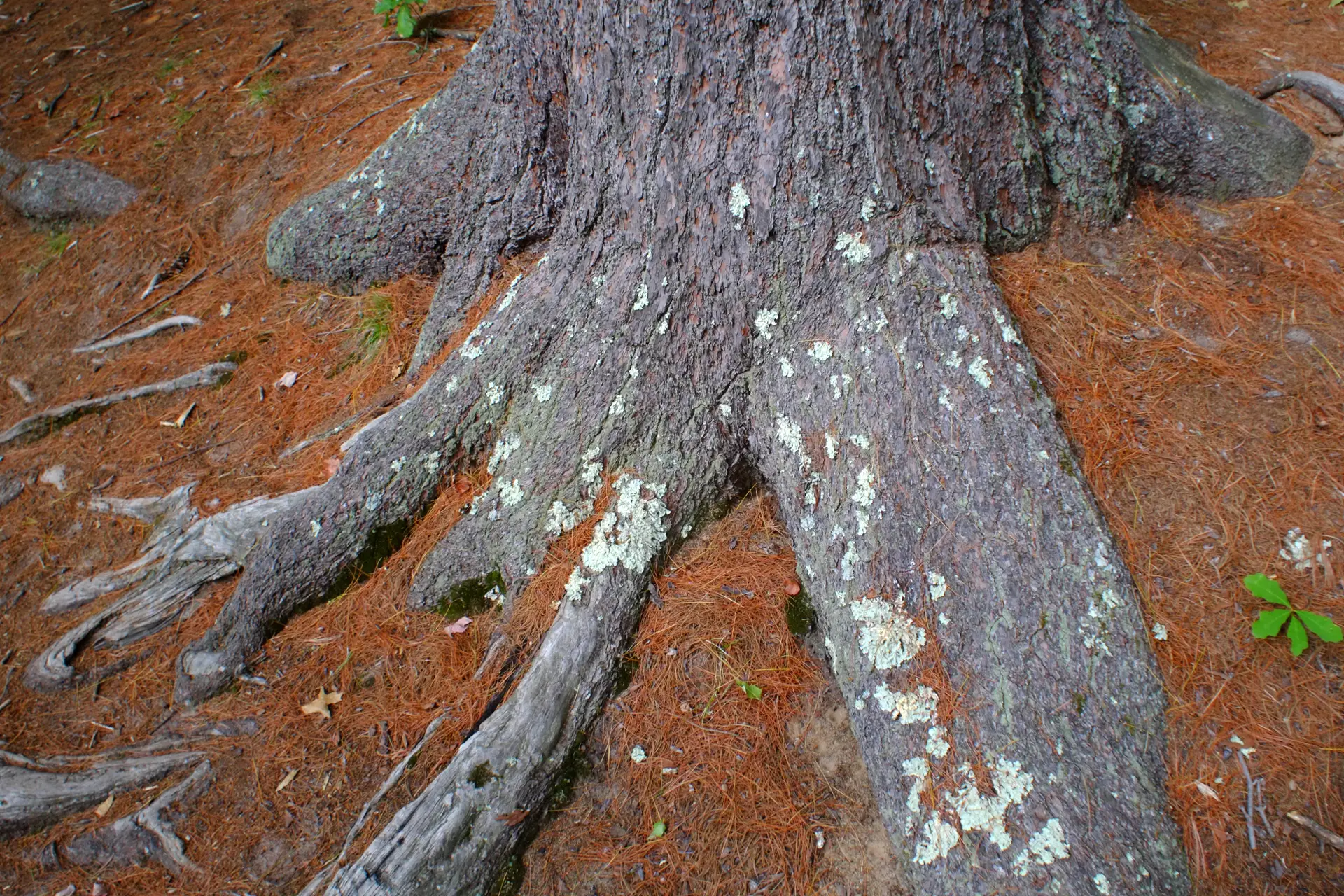
And specular highlights beyond its depth-of-field were somewhat distracting:

But it can grab colorful panoramas quite close to its front element:
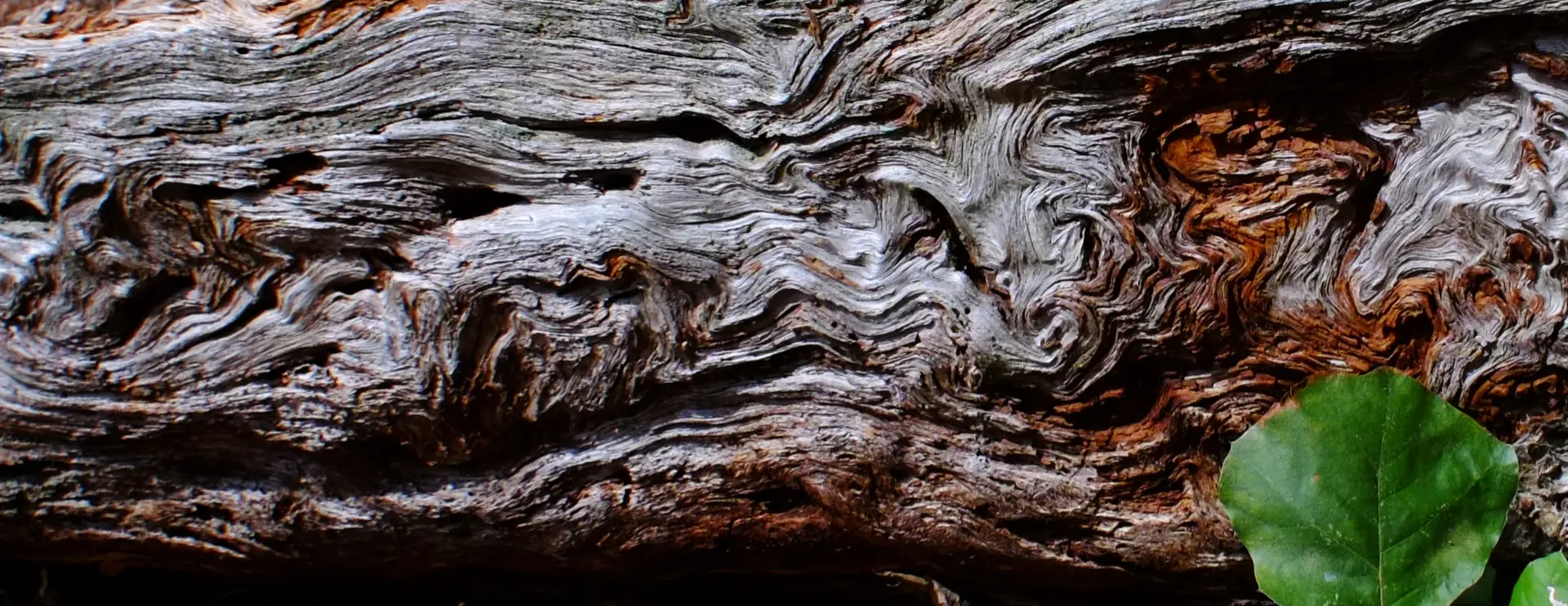
And best of all, I could unscrew it progressively farther away from the camera body, pull its focusing range closer, and effectively zoom its macro magnification. Unscrewed a full 1,260 degrees (to the point of almost detaching from the camera), the lens turned tiny ground fungi into big hot-cross buns:

A Keeper
Overall, the lens performed better than other vintage super-wides I’ve tried– including a Soligor 18mm and an Asanuma that I quite liked.
Online, I’ve read that the Spiratone 18 was listed in old Sigma catalogs, and may have been built by them. But reviewers have also noted the lens’s vignetting, barrel distortion and curvature-of-field on full-frame cameras.
That said, it seems to produce decent images on APS-C cameras (like my X-Pro1)… and might work even better on a Micro-Four-Thirds body that pulls in less distortion from the lens perimeter. But on any camera, its screw-out “macro-zoom” ability is just plain cool!
–Dave Powell is a Westford, Mass. writer and avid amateur photographer.
Share this post:
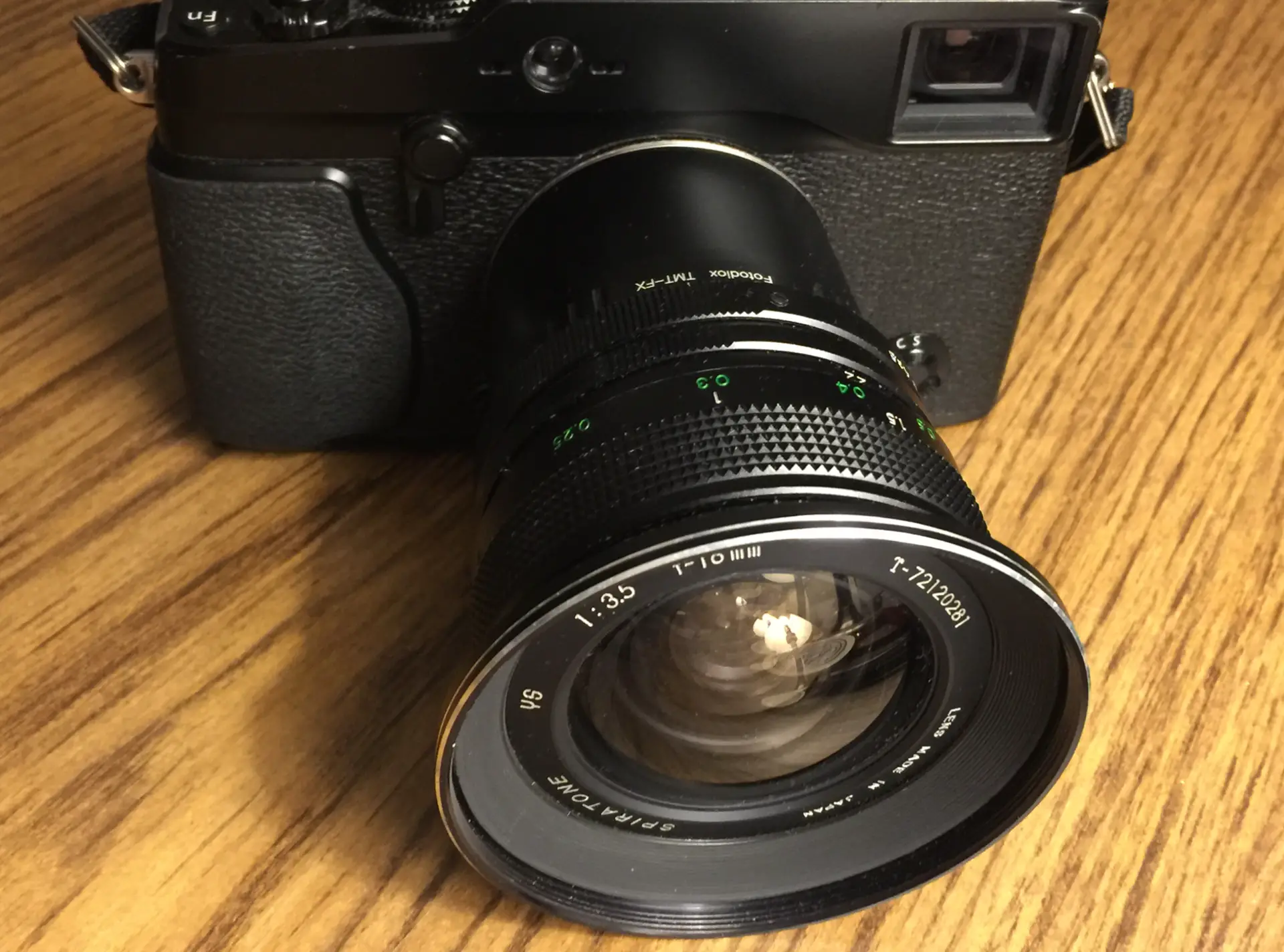

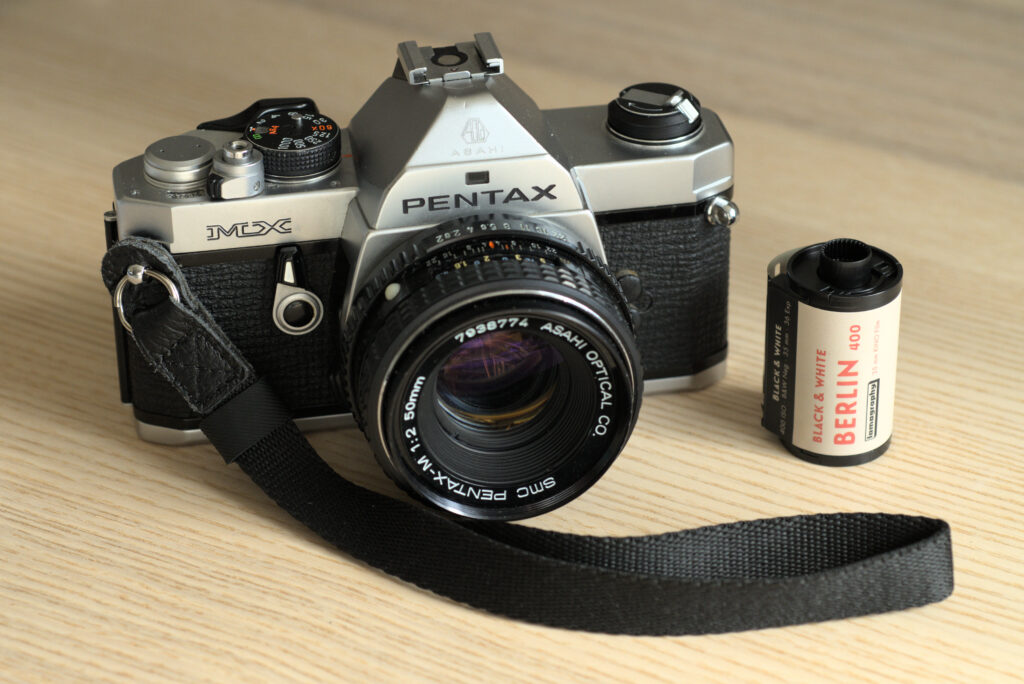
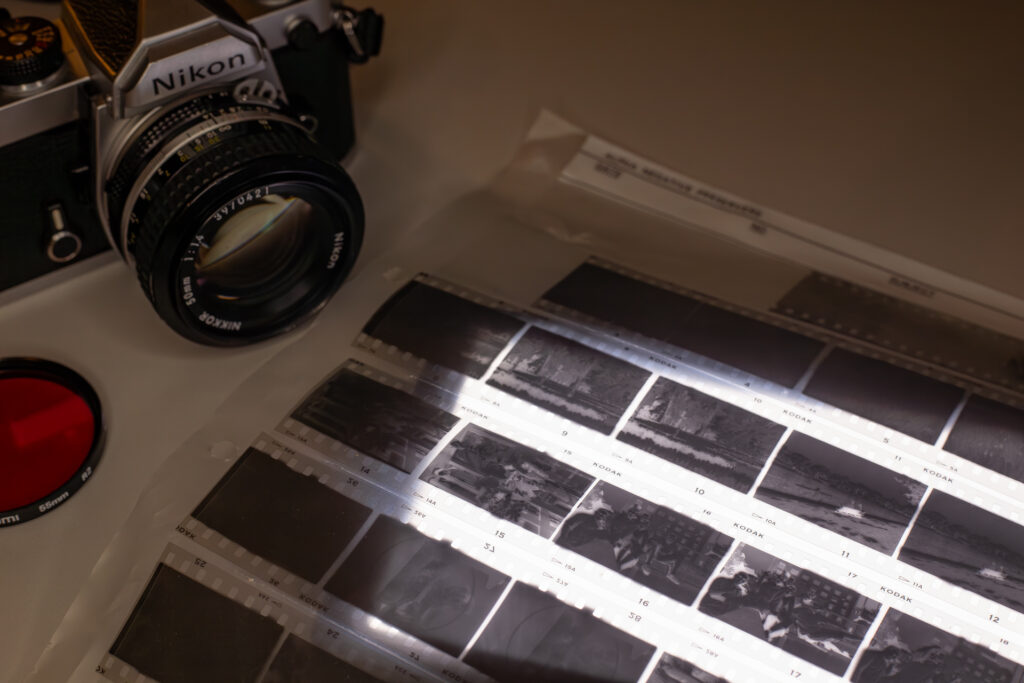
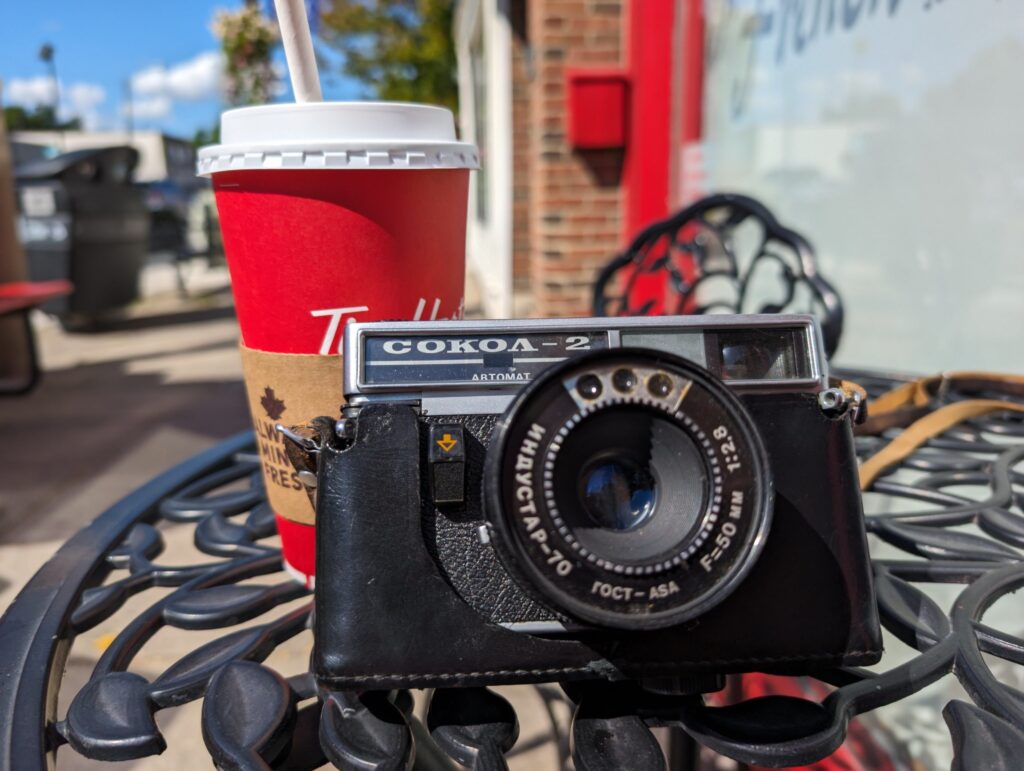




Comments
Kurt Ingham on 5 Frames from a Vintage 18mm T-Mount Lens on a Fuji X-Pro1 – By Dave Powell
Comment posted: 01/02/2023
Comment posted: 01/02/2023
Alex Hazuki on 5 Frames from a Vintage 18mm T-Mount Lens on a Fuji X-Pro1 – By Dave Powell
Comment posted: 01/02/2023
Comment posted: 01/02/2023